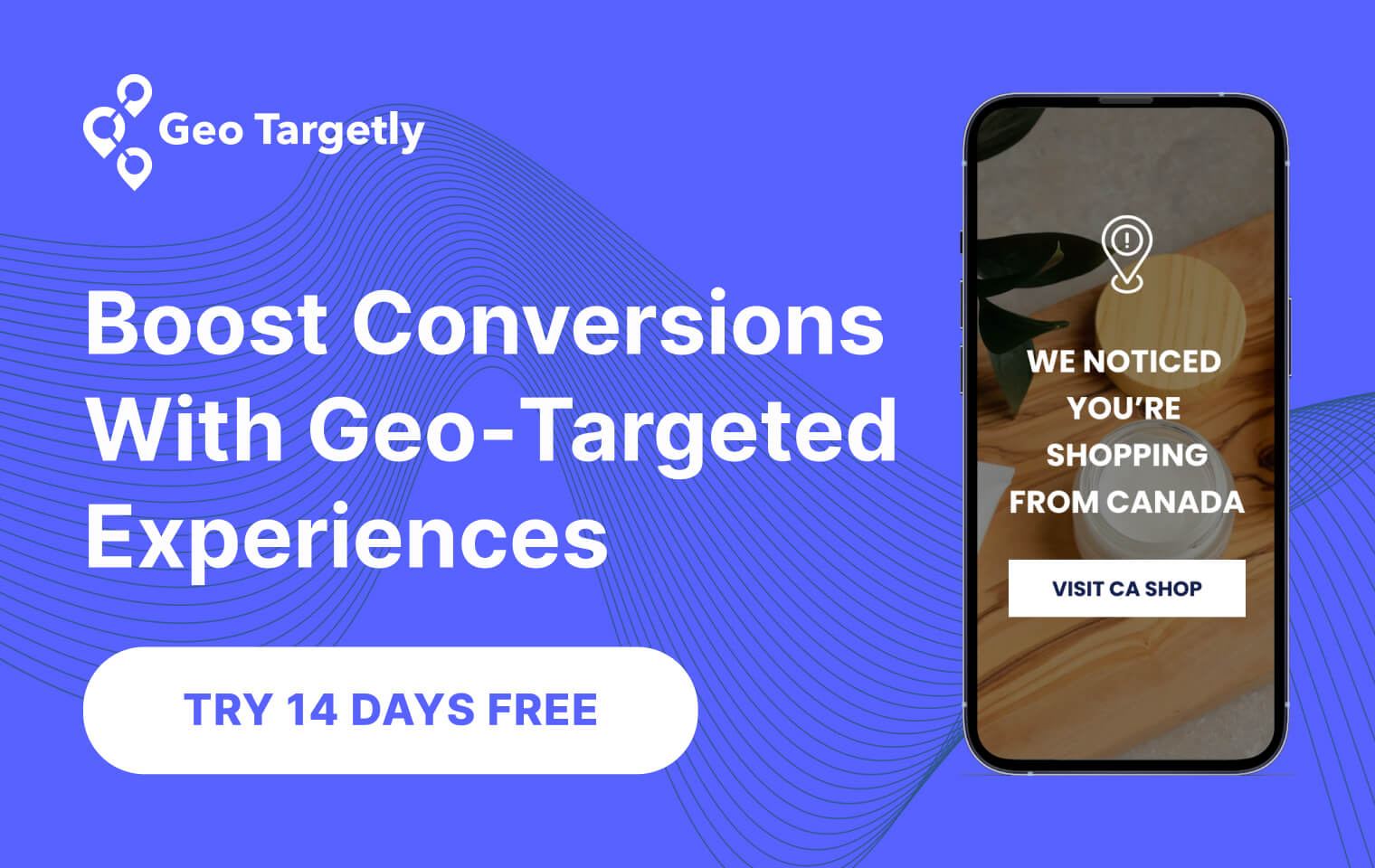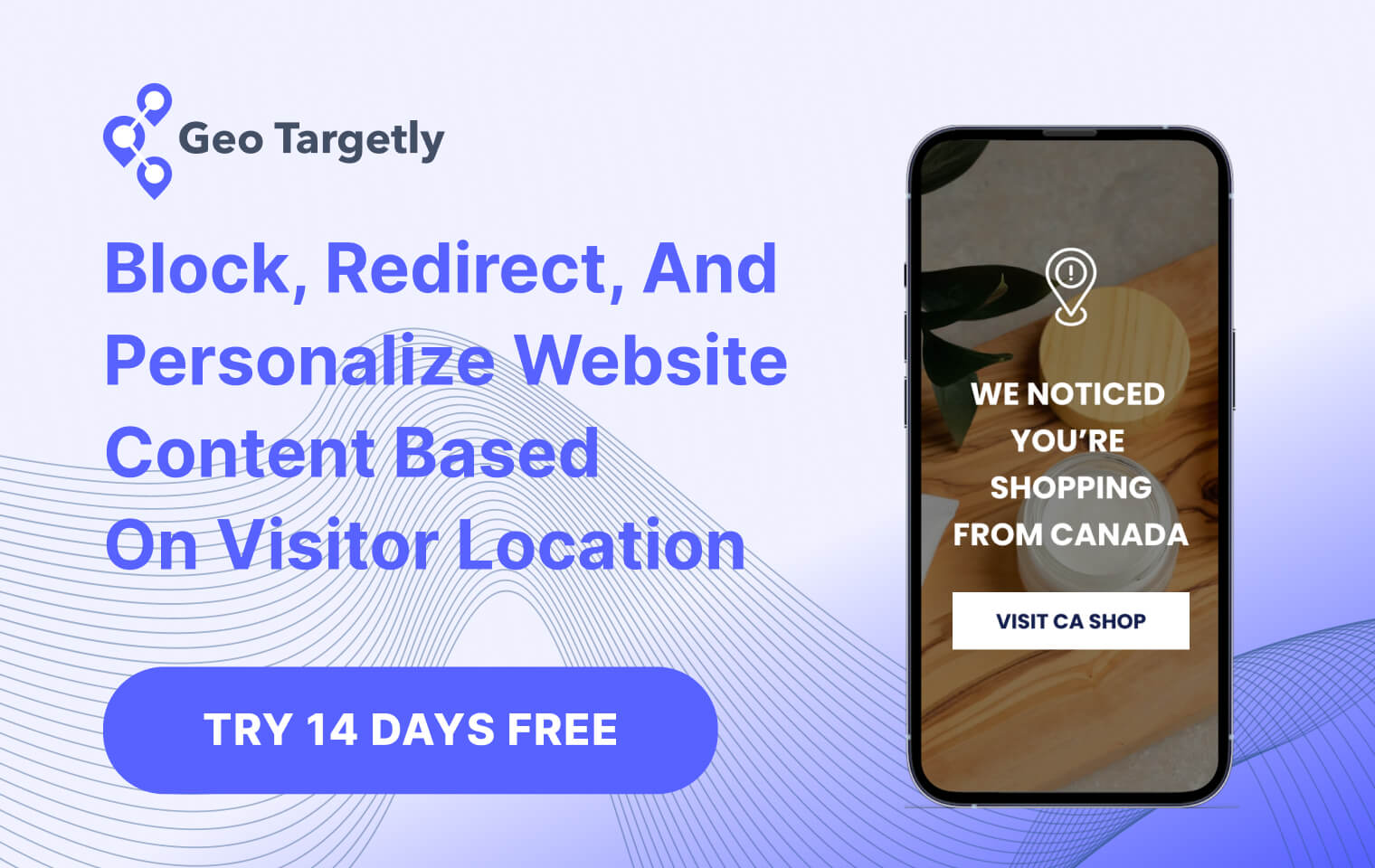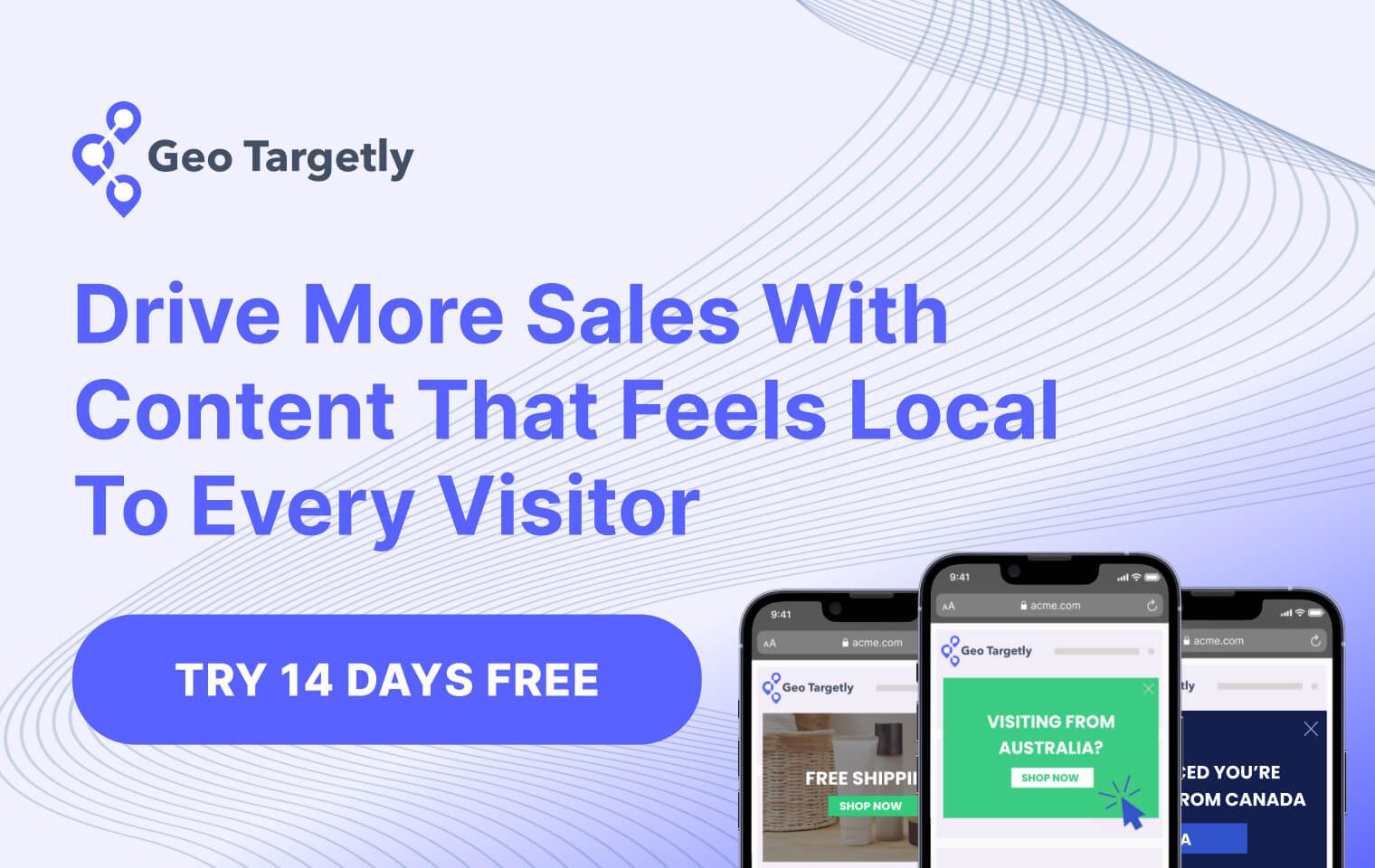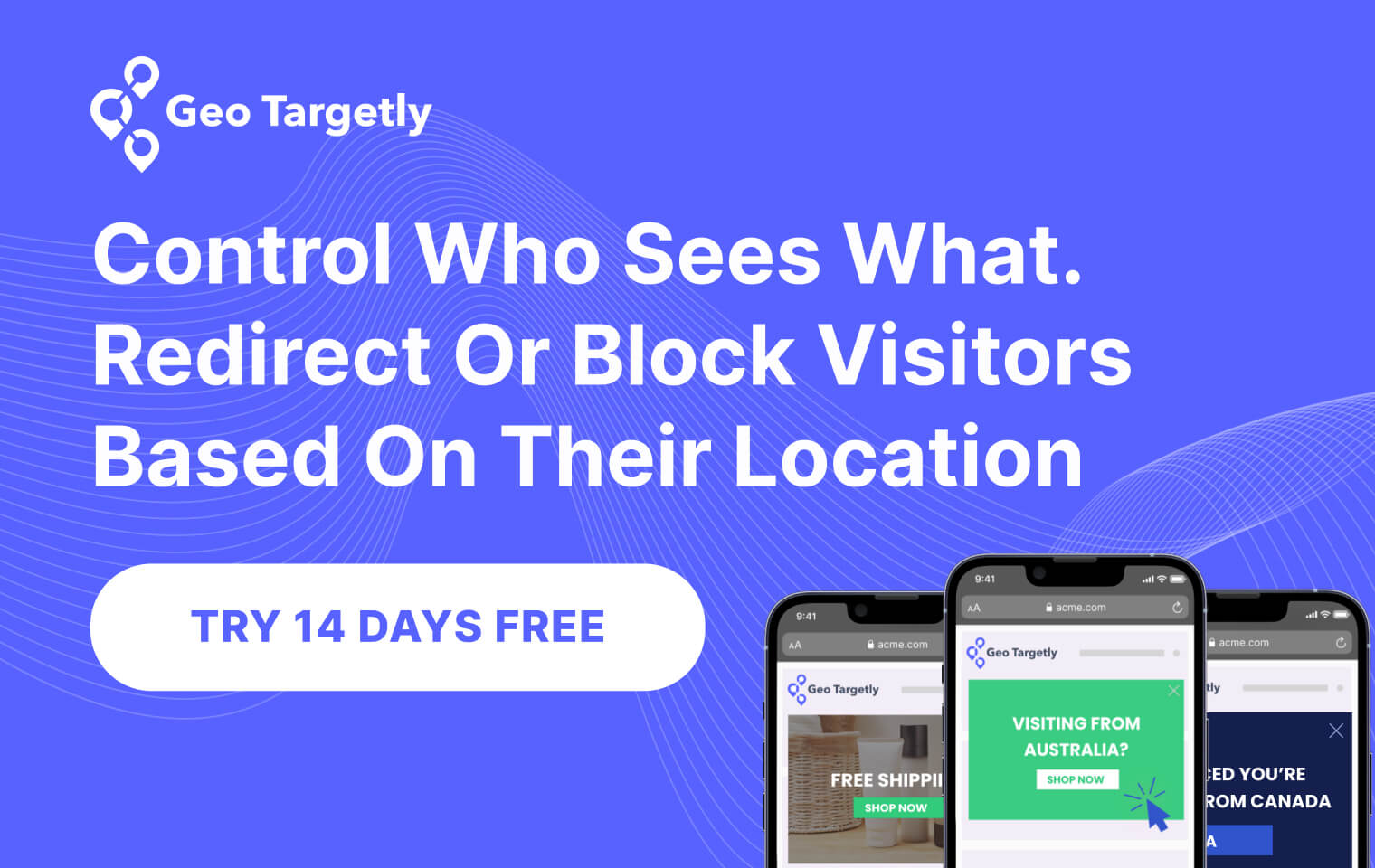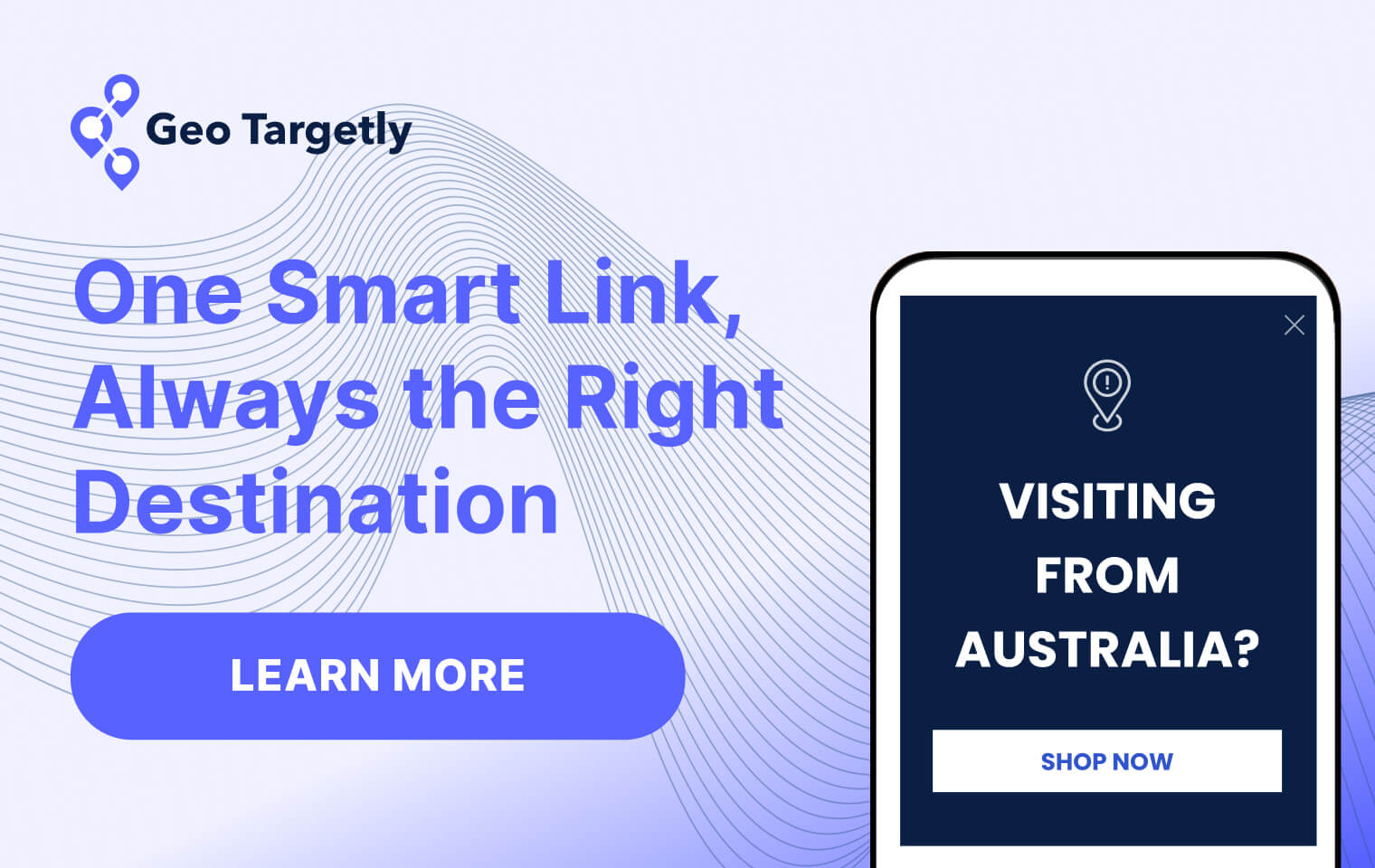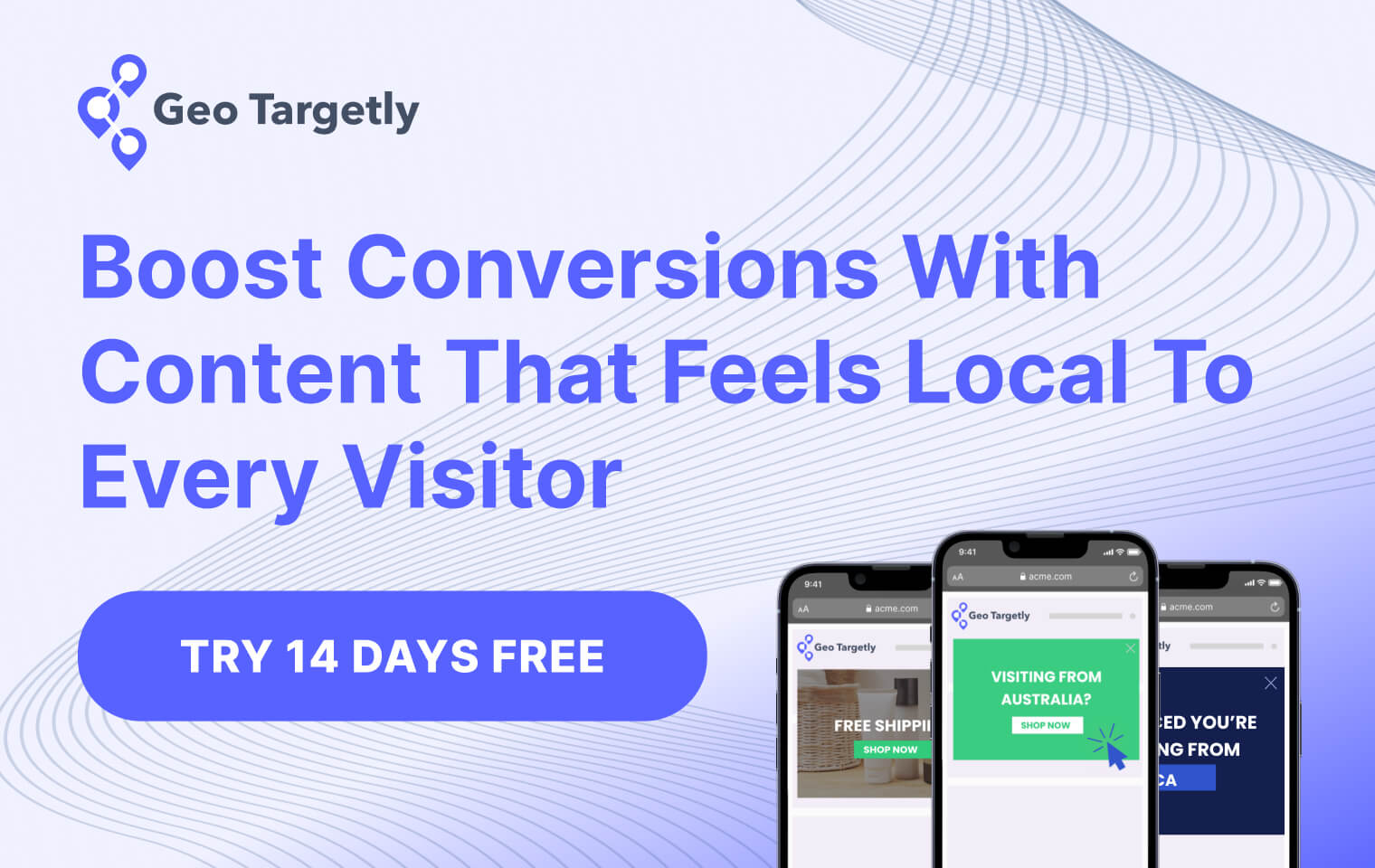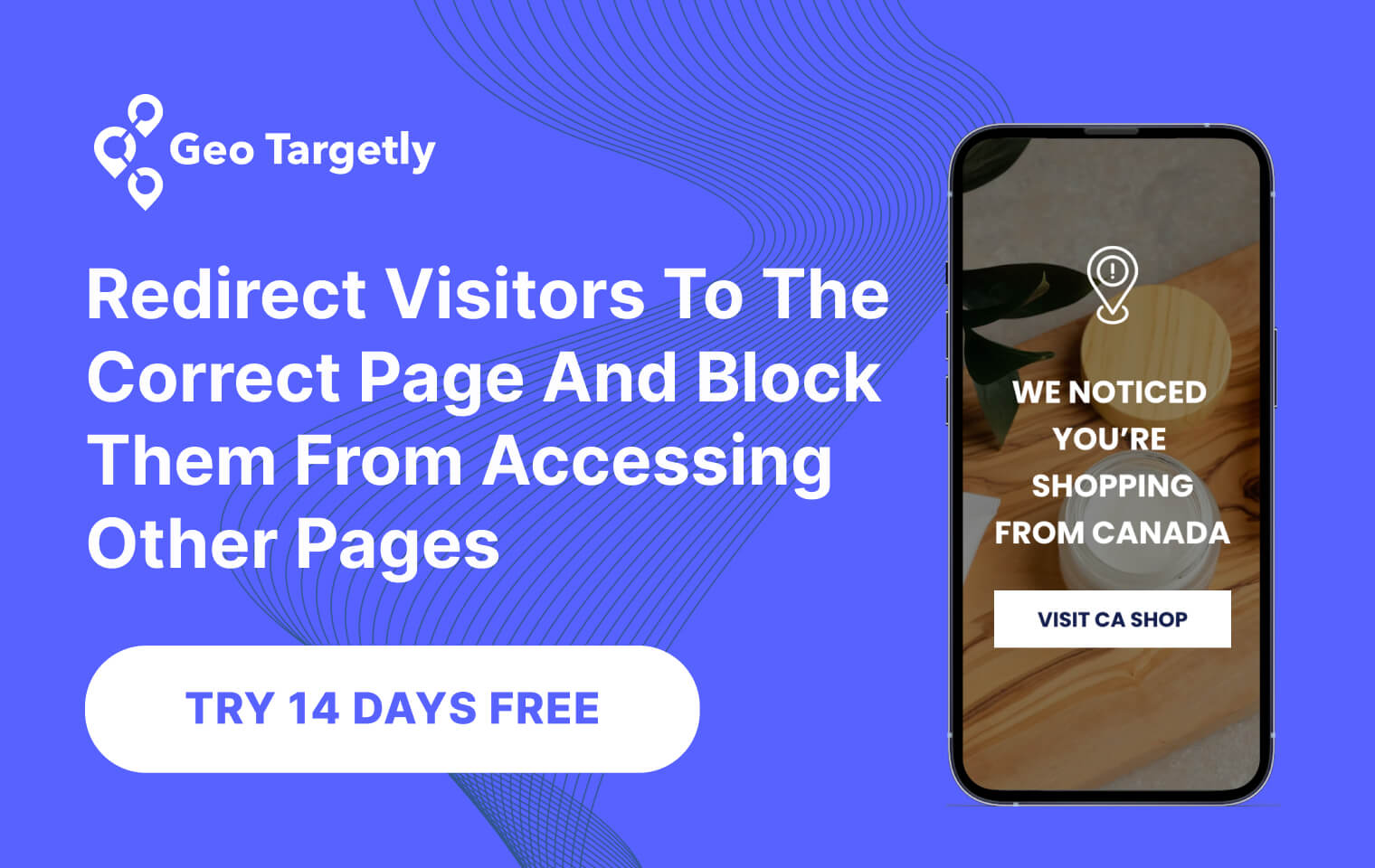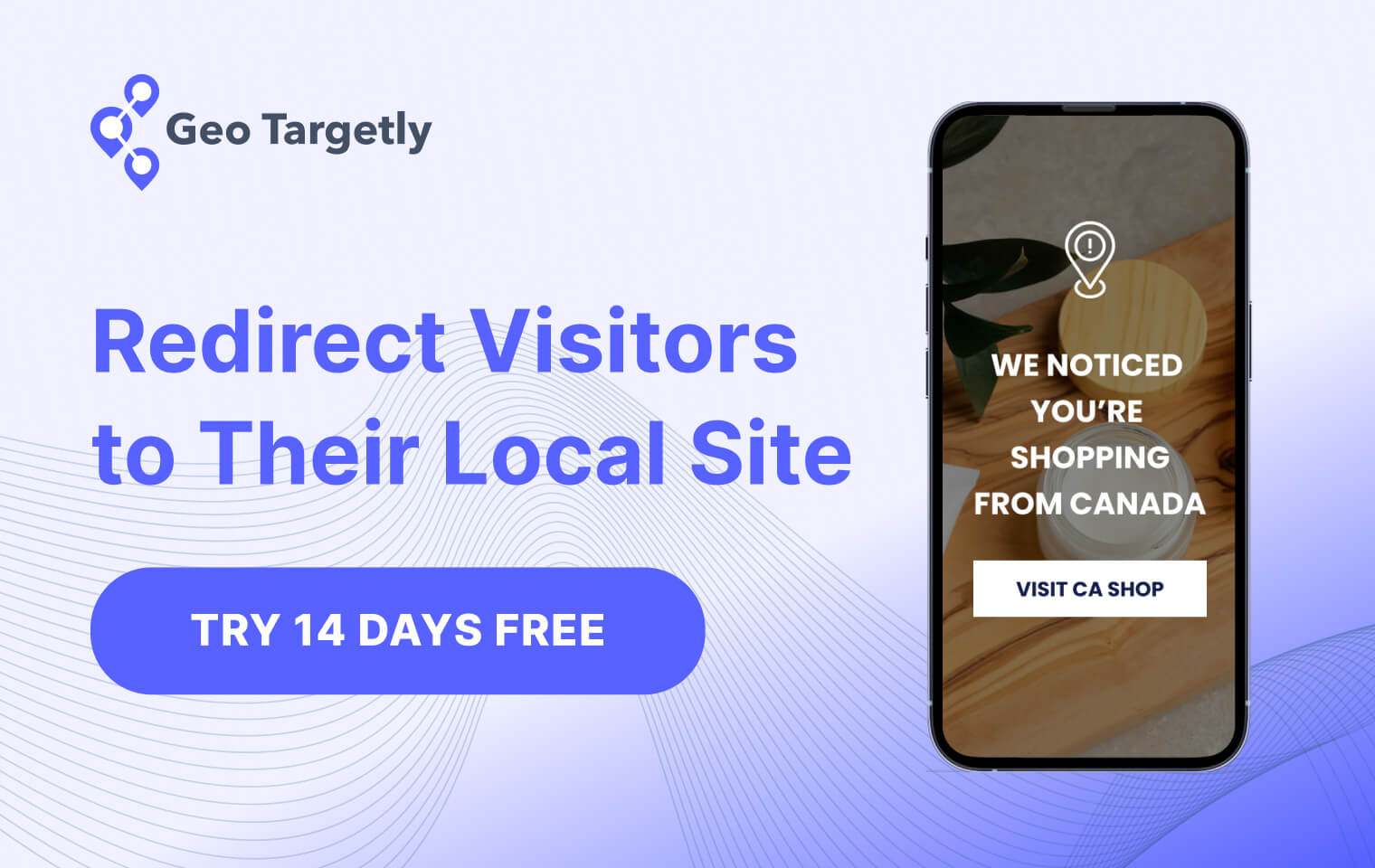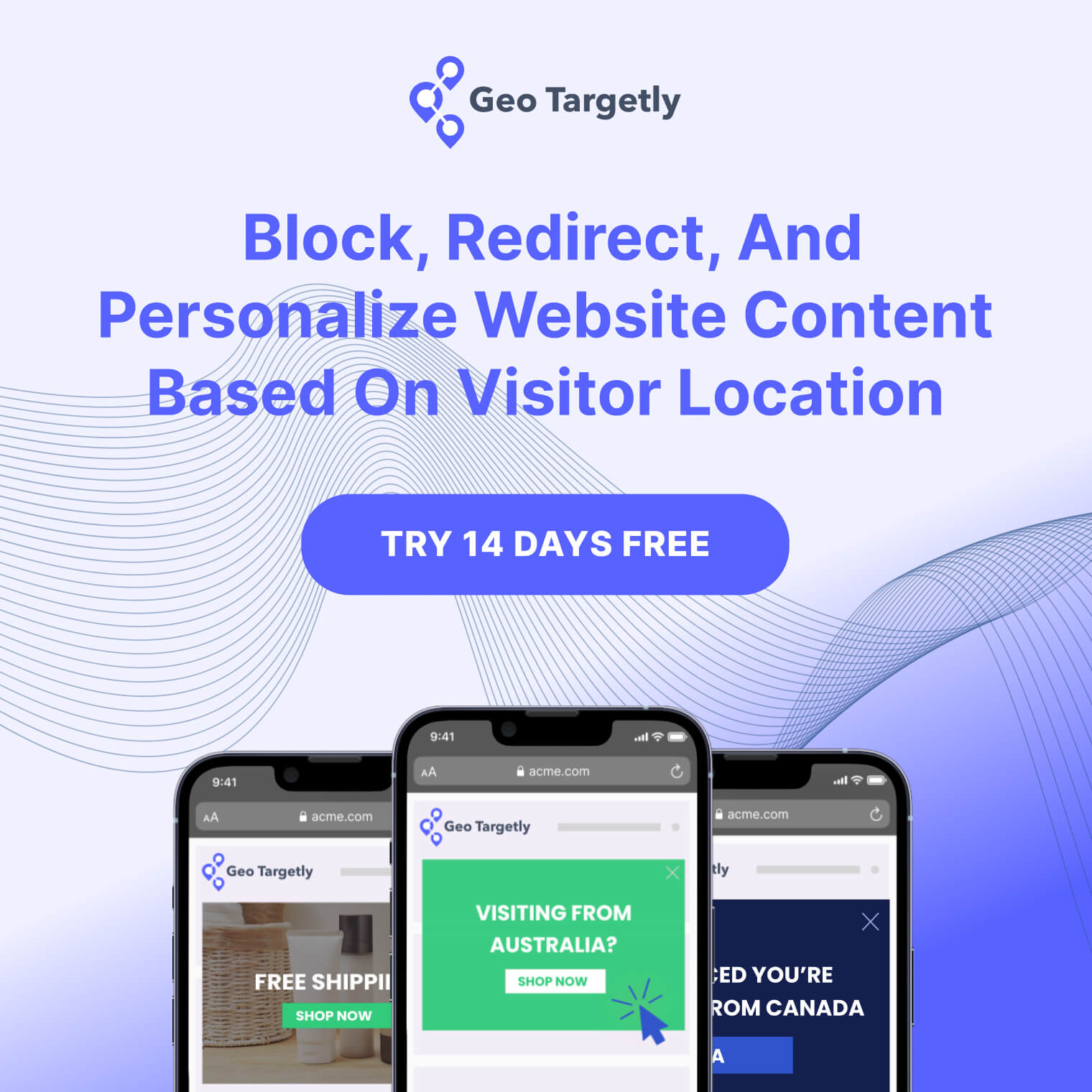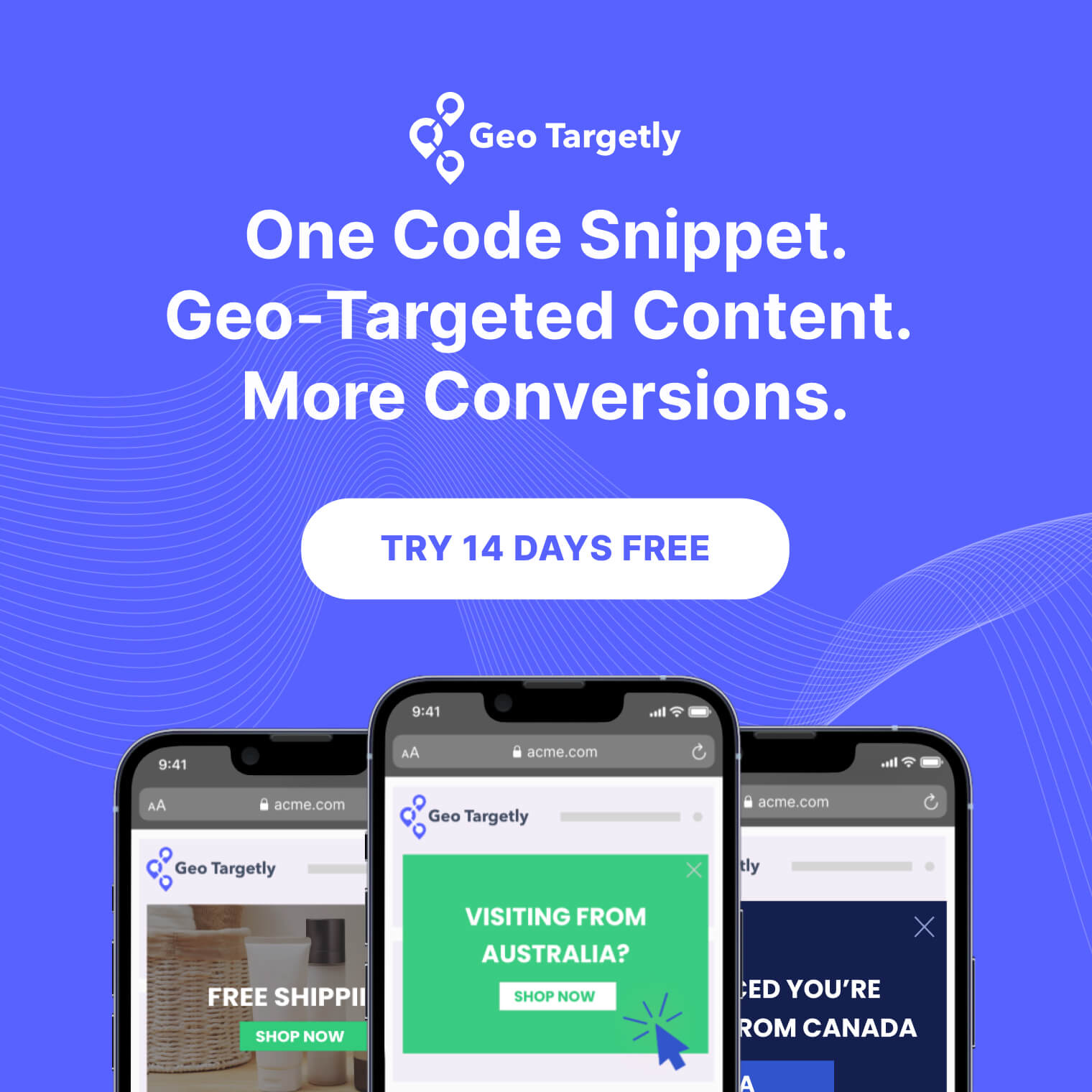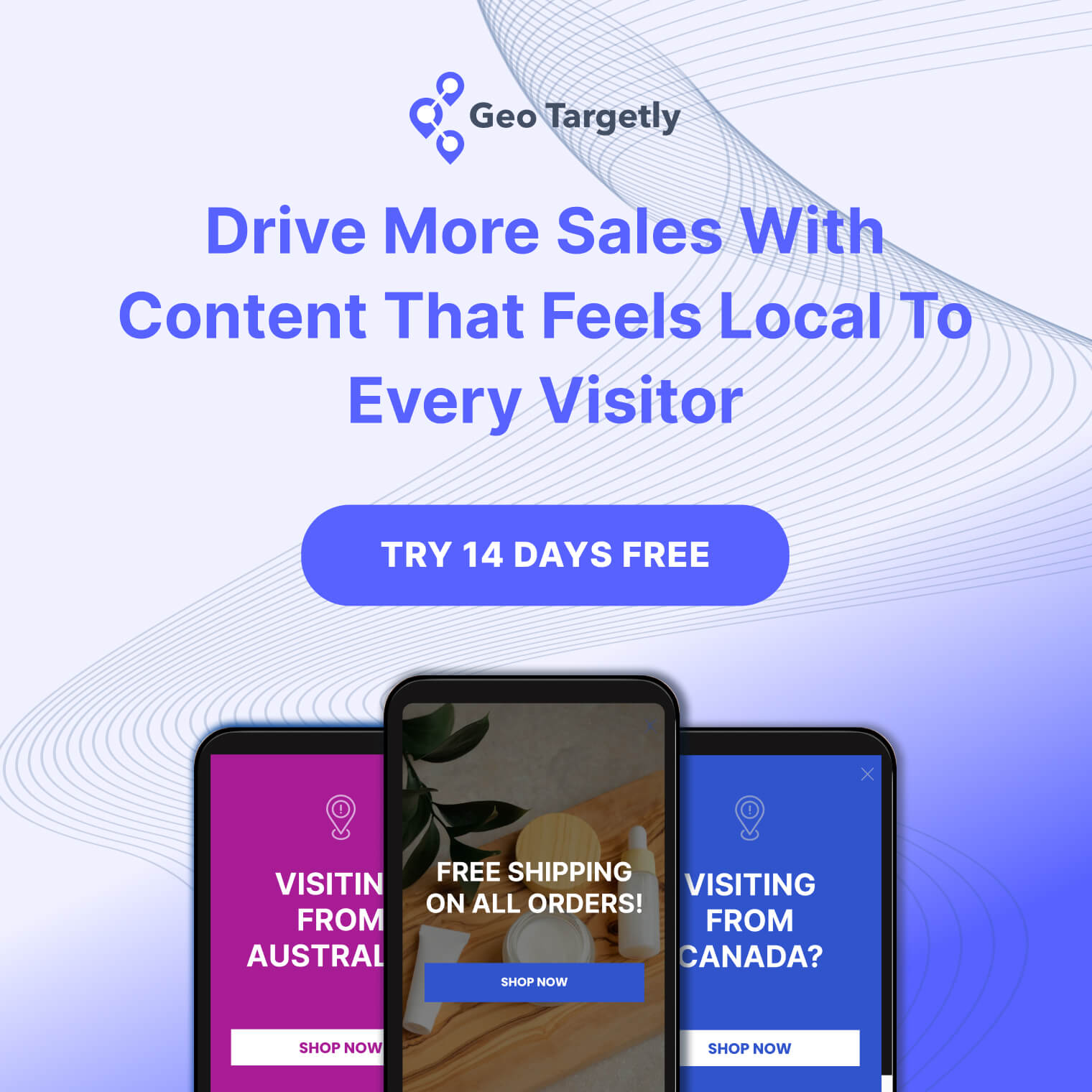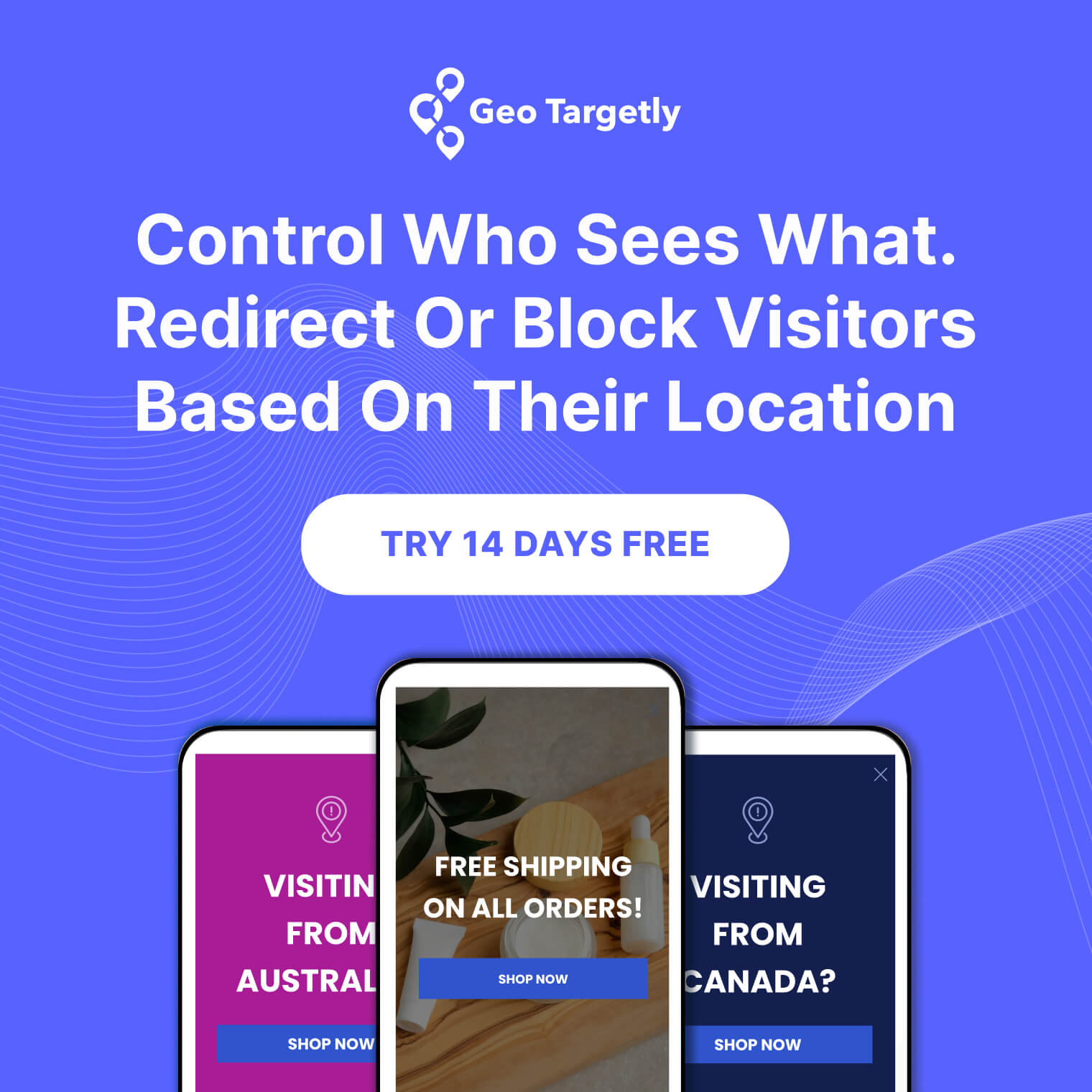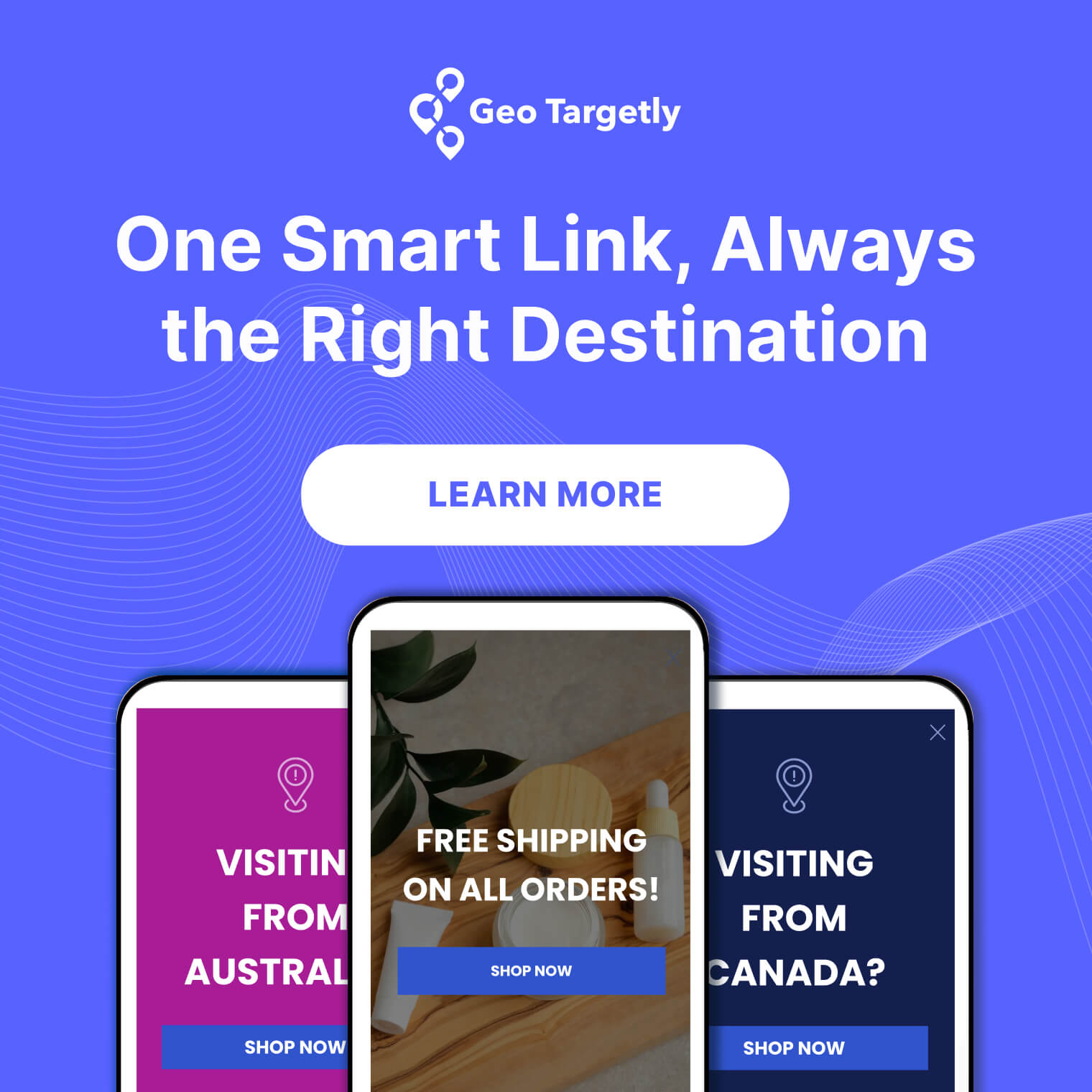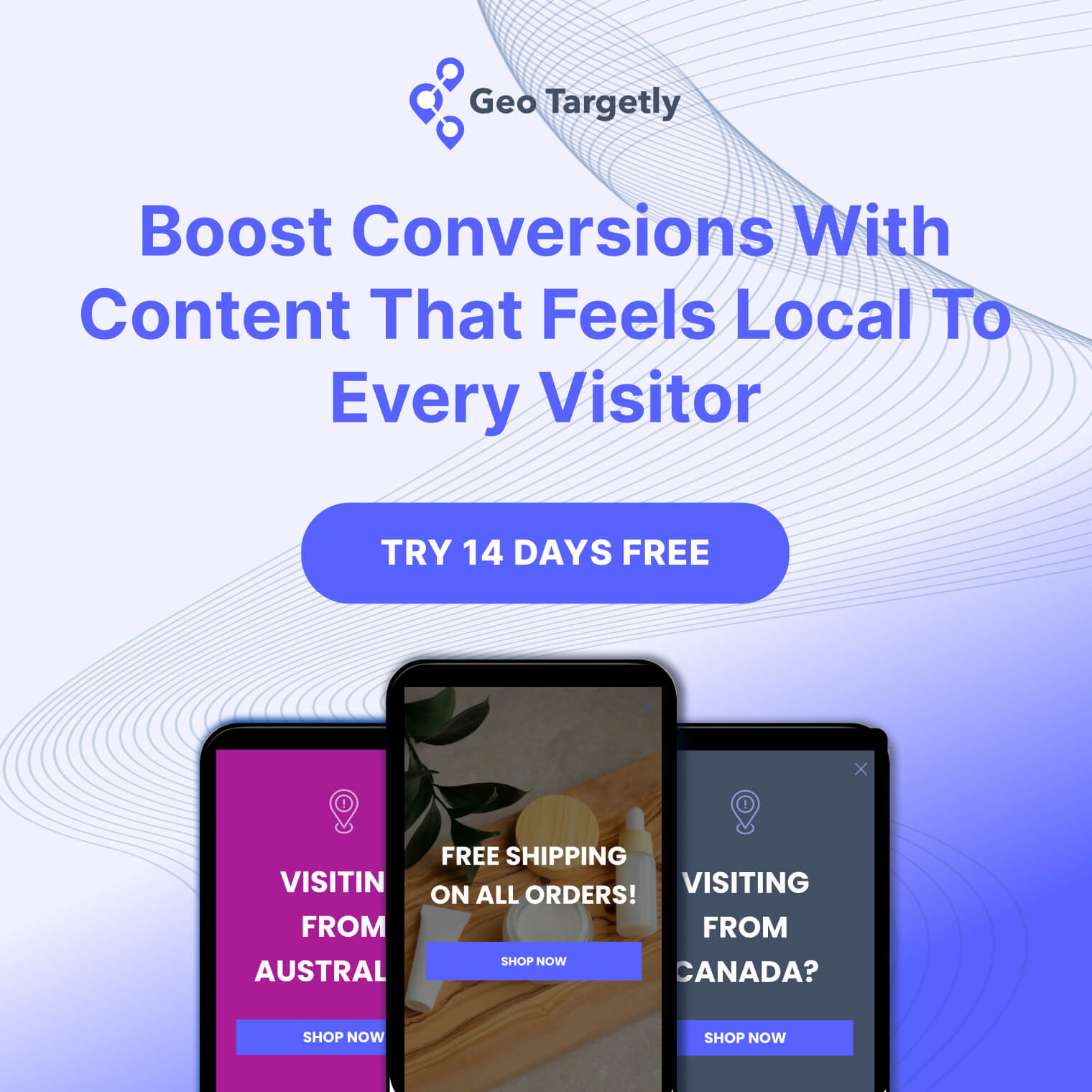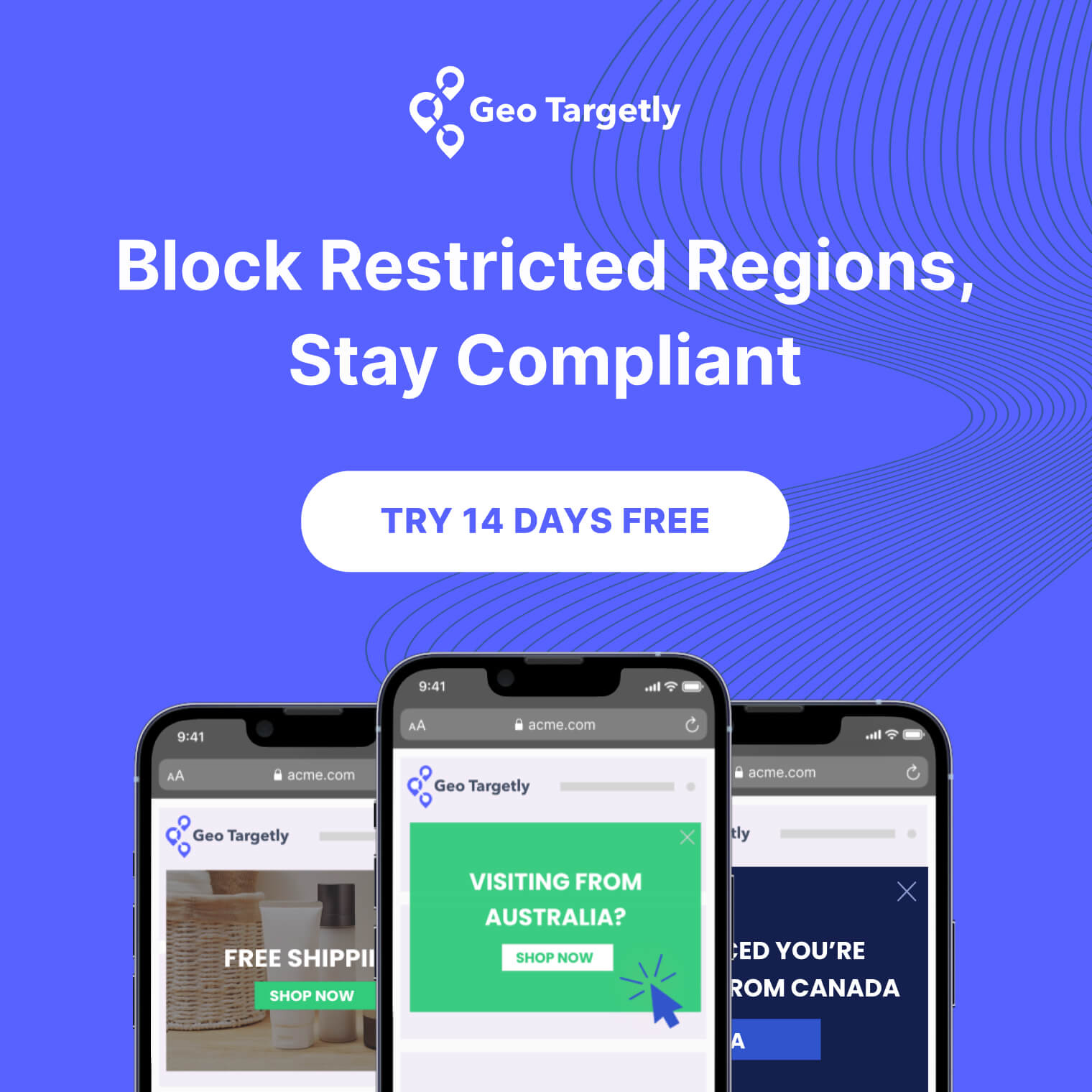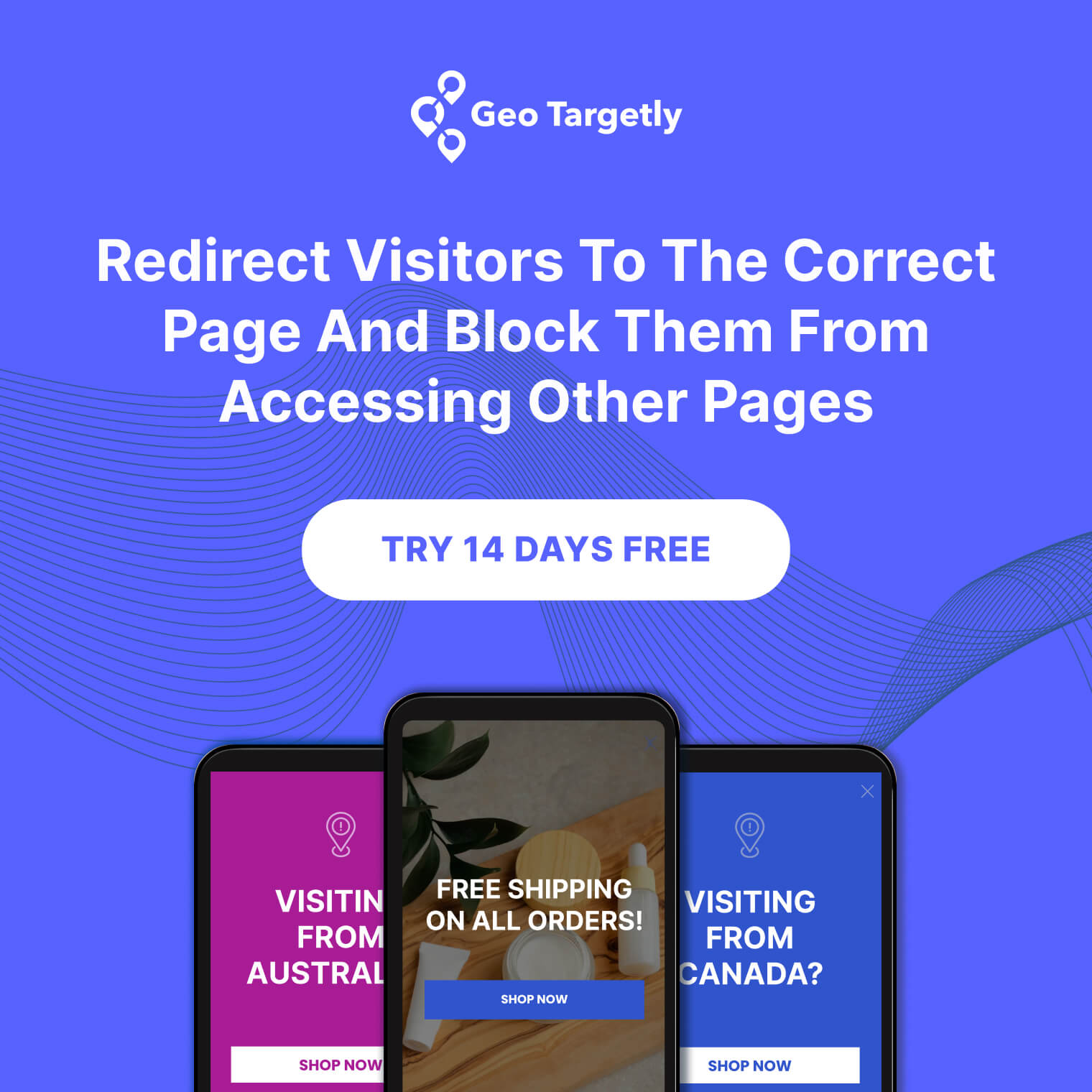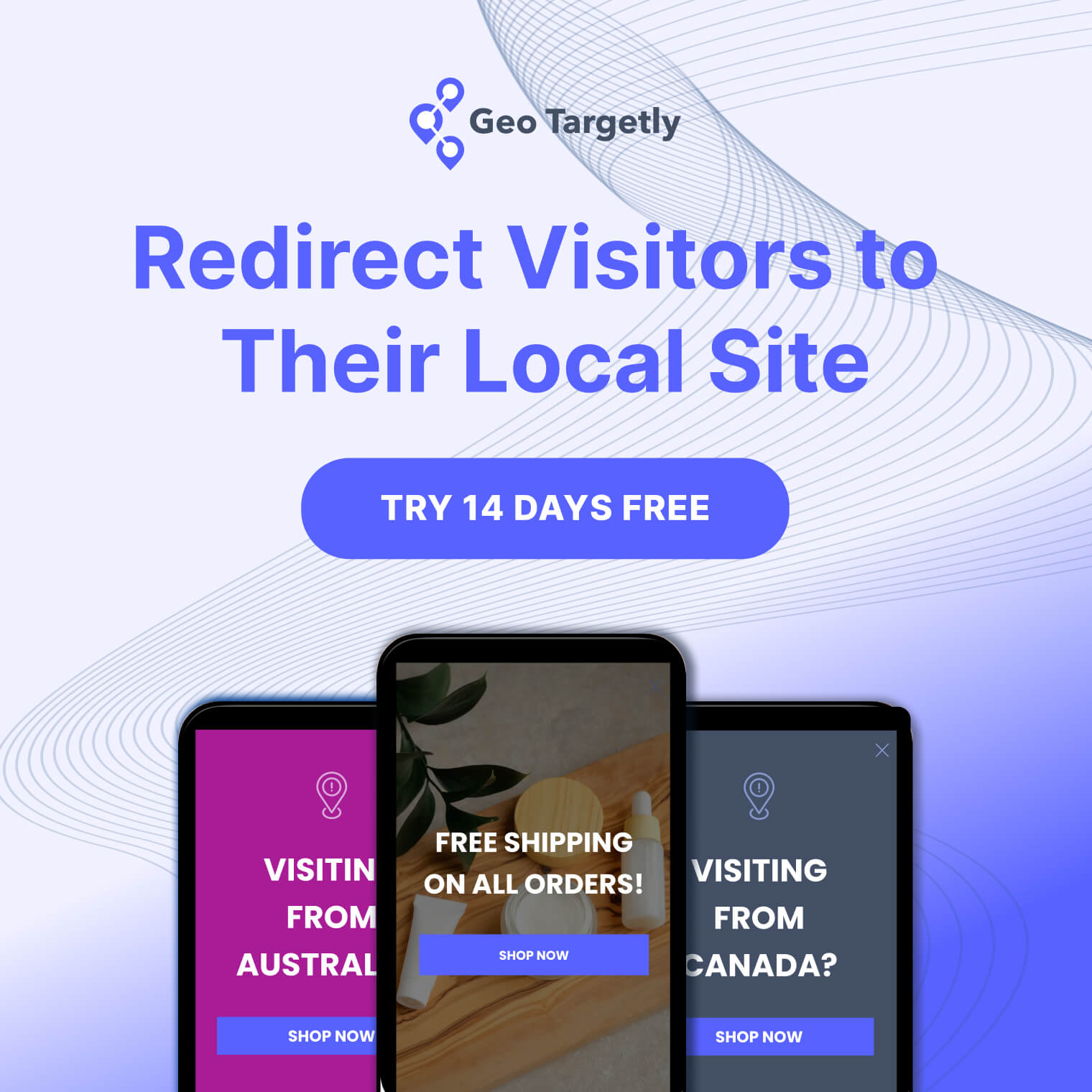

Every day, people search for health information on Google over a billion times—that’s about 70,000 searches a minute! And in 2025, this number will only grow.
More and more patients are turning to social media, search engines, and online ads to find healthcare providers. With the right digital marketing strategy, you can make sure they find you when they need you most.
Healthcare digital marketing refers to the use of online strategies and tools to connect healthcare providers with patients, improve engagement, and enhance brand visibility. A strong digital presence helps you stay visible in an increasingly competitive market.
72% of healthcare leaders believe investing in digital platforms is essential for success.
To make an impact, your digital strategy needs to be targeted, ethical, and patient-focused.
Patients today expect a seamless online experience—whether they’re booking an appointment, reading reviews, or searching for reliable health information. A well-executed healthcare digital marketing plan helps you build trust, maintain compliance, and ensure your services reach the right audience.
One of the most effective tools in healthcare digital marketing is geo-targeting, which allows you to deliver location-based content, ads, and services. Nearly 46% of all Google searches are looking for local information—patients want to find the best-reviewed doctors and clinics near them.
For example, if your clinic has a 4 to 4.9-star rating, you could generate 20% more revenue simply by attracting more patients searching for top-rated providers in their area. By leveraging geo-targeting, you can boost patient acquisition and engagement—a strategy we’ll explore further in the next sections.
This article explains the basics of healthcare digital marketing, its importance for healthcare organizations, and key strategies for success. It also touches on emerging trends and practical tactics, including data privacy and geo-targeting, using real-world examples to show how effective digital marketing can drive success in healthcare.
What is healthcare digital marketing?
Healthcare digital marketing is the use of online channels—such as paid search, social media, email campaigns, and SEO—to connect healthcare providers with patients.
It also helps health systems engage, retain, and build trust with existing ones. A strong digital strategy ensures that patients receive timely, relevant, and accurate health information, improving both patient experience and overall health outcomes.
The importance of digital marketing in healthcare is clear:
- 89% of potential patients search for new healthcare providers on Google.
- 71% of patients won’t choose a provider if their website lacks enough information.
- 75% of patients rely on reviews as their first step in finding a doctor or healthcare provider.
- 58.5% of U.S. adults use the Internet to research medical information.
- 70% of healthcare marketing executives say their organization has a content marketing strategy in place.
These numbers highlight one thing: a strong digital presence is no longer optional—it’s a necessity. Having an informative, professional website and a well-planned content marketing strategy helps build credibility, answer patient questions, and keep them engaged.
Why is digital marketing crucial for healthcare organizations?
Healthcare marketing has evolved with patient expectations. Providers once relied on word-of-mouth and patient loyalty, but today’s consumers are more selective.
Patients now expect instant access to healthcare information, seamless appointment booking, and trustworthy online resources. Instead of waiting for referrals, they turn to Google searches, social media, and physician reviews to make informed decisions.
With the increasing demand for seamless experiences, healthcare organizations need solutions that can streamline patient interactions. An all-in-one appointment scheduling platform can help providers meet this demand by offering patients the ability to book, reschedule, and cancel appointments with ease. These platforms also integrate reminders and confirmations, ensuring that patients never miss an appointment. As healthcare becomes more digital, having a reliable tool to manage these essential interactions is key to improving patient satisfaction and retention.
A study by the National Center for Health Statistics found that:
- 58.5% of U.S. adults search for health or medical information online.
- 41.5% use the internet to communicate with their doctor’s office.
- 46.1% look up medical test results online.
To meet this growing demand, digital marketing in healthcare allows providers to connect with patients more effectively, enhance retention, and maximize in-network utilization. Through websites, mobile apps, social media, and email campaigns, providers can deliver timely, accessible, and personalized health information.
This ensures that patients have the resources they need to make well-informed healthcare decisions.
Interactive tools like symptom checkers, telehealth services, and AI-powered chatbots enhance engagement by offering personalized support and real-time assistance, while educational content—including blogs, videos, social media posts, and webinars—helps build trust and credibility.
A well-executed digital marketing strategy can:
✅ Enhance the patient experience with seamless online interactions.
✅ Strengthen your brand and establish industry authority.
✅ Keep patients engaged with personalized, timely outreach.
✅ Empower patients to make informed, healthier choices.
✅ Expand your consumer base while retaining existing patients.
✅ Generate stronger leads and boost revenue.
✅ Increase physician referrals and network utilization.

Source: Coherent Market Insights
4 key components of a successful healthcare digital marketing strategy
Identifying and mastering these core components provides a solid foundation for any effective healthcare digital marketing strategy. This understanding naturally leads us to focus on the essentials for boosting online visibility and delivering valuable, engaging information to patients.
SEO and content marketing
With 82.8% of patients using search engines like Google and Bing to find healthcare providers—and 56% consulting at least three online sources before choosing a doctor—SEO is a crucial part of any healthcare digital marketing strategy.
A strong SEO strategy ensures your healthcare brand appears in front of potential patients searching for medical information or providers. By publishing high-quality, authoritative content, you can position yourself as an expert in your field while increasing organic traffic to your website.
Content such as blog articles, patient testimonials, medical FAQs, treatment guides, and explainer videos can help educate patients and position your brand as a trusted source of information.
For example, if you're marketing for an ophthalmology hospital, your content should rank for searches like “eye surgery options” or “best treatments for cataracts.” SEO techniques—such as optimizing keywords, creating informative page descriptions, and using strategic HTML titles—help search engines recognize and rank your content, making it easier for patients to find you.
Did you know that in Q4 of 2024, mobile devices accounted for 62.54% of global website traffic?
If you’re building a healthcare website, make sure to prioritize mobile-first design. A fast-loading, mobile-friendly site with intuitive navigation not only enhances accessibility but also improves search engine performance.
Social media engagement
Search engines still lead the way, but social media is quickly becoming a go-to source for any information. Nearly one in three people now turn to platforms like TikTok, LinkedIn and Instagram for quick, engaging answers that fit their needs.
For younger audiences, particularly 18–26-year-olds, social media has become a daily habit, with 66% using it to find information. This shift makes social media a powerful tool for healthcare providers to connect with a younger demographic. A strong presence on these platforms not only boosts brand awareness but also attracts new patients and drives practice growth.
Some useful social media strategies for healthcare providers include:
- Promoting healthcare services & products: Advertise treatments, wellness programs, and promotions on Facebook, Instagram, and Twitter to boost visibility and revenue.
- Posting informative content: Share explainer videos, step-by-step treatment guides, and medical FAQs to engage your audience and position your brand as a trusted authority.
- Engaging with followers: Respond to questions, participate in discussions, and interact with your audience to build stronger patient relationships and loyalty.
- Sharing patient stories: Posting real patient testimonials and success stories builds an emotional connection with your audience, inspires others, and fosters trust in your healthcare brand.
- Combating misinformation: Misinformation spreads quickly online, making it crucial for healthcare professionals to correct false claims before they lead to public health risks.
- Building brand reputation: Highlight key achievements, certifications, and success stories to strengthen your credibility and improve public perception.
- Responding to crisis: In emergencies, social media serves as a rapid-response tool to share essential updates, combat misinformation, and provide real-time guidance.
Remember, each social media platform has its unique style and audience, so it’s important to customize your content accordingly.

Email marketing
Healthcare email marketing is an effective way to directly connect with your audience, build trust, and convert leads into patients. Secure, personalized communication leads to higher engagement rates. It’s also a cost-effective outreach tool that helps nurture patient relationships.
In fact, healthcare-related email campaigns boast an impressive open rate benchmark of 44.60%, with a 1.75% click-through rate.
This indicates that patients are not only opening healthcare emails at a higher rate than in many other industries, but they’re also engaging with the content inside.
Newsletters, in particular, provide an opportunity to keep patients up-to-date on new treatments, clinical drug trials, personnel changes, and wellness tips, helping to establish your practice as a trusted, reliable source of health information.

There are many email marketing platforms, such as Constant Contact, HubSpot and MailChimp, that make it easy for healthcare marketers to create and send engaging email communications at scale.
These platforms also allow you to automate your emails, creating a seamless flow where messages are triggered automatically based on user activity. This helps ensure timely and relevant communication with your patients, improving engagement and conversion rates.
Pro Tip: Even though you may be sending messages to hundreds or thousands of patients, you can make each recipient feel like you’re speaking directly to them. Personalization options—such as using the patient’s first name, birthday, or preferences—can enhance the overall experience and improve engagement rates.
PPC advertising
PPC (pay-per-click) advertising is one of the quickest and most effective ways to attract new patients to your healthcare practice. These paid ads are highly targeted, and they can appear on search engines like Google, social media platforms such as Facebook and X, and other digital channels.
With PPC, you can precisely target your audience and display ads when they’re ready to take action. In healthcare, where people are often searching for answers to their health concerns and seeking immediate solutions, PPC ads allow you to reach potential patients at the right moment—when they're ready to make an appointment.
Another major advantage of PPC advertising is its cost-efficiency. Unlike traditional ads that require a hefty upfront investment, PPC works on a pay-per-click model—meaning you only pay when someone clicks on your ad. This ensures you’re only spending money on qualified leads, maximizing your return on investment (ROI).
Pro Tip: Use ad extensions in Google Ads to give users more information before they click. For example, if you have multiple locations, show users the nearest one. This helps potential patients find your facility faster and improves your PPC performance.

Source: Statista
Future trends shaping healthcare marketing
The patient journey has evolved, and healthcare marketing must adapt to meet new demands. Here are four emerging healthcare marketing trends:
AI and machine learning for personalized patient journeys
Over 80% of health system executives expect generative AI to significantly impact their organizations by 2025. AI and machine learning are already revolutionizing healthcare by predicting patient needs, personalizing treatments, and streamlining operations.
By analyzing medical history, lifestyle, and genetics, machine learning helps providers create tailored care plans that improve outcomes. AI also integrates real-time data from multiple sources, giving healthcare providers a complete view of the patient journey and allowing them to address potential issues proactively.
The result? Enhanced patient experiences, better health outcomes, and a more efficient healthcare system.
Use of wearable tech data in campaigns
The wearable healthcare market, valued at $42.6 billion in 2023, is projected to reach $169 billion by 2029. Smartwatches and medical wearables now serve as personalized health tools, tracking vital metrics like heart rate, blood pressure, oxygen levels, and activity.
This constant stream of real-time health data is revolutionizing healthcare marketing, enabling brands to engage patients more effectively.
Tapping into wearable tech data can
- Help providers track patient health remotely and intervene when needed
- Enable marketers to create content tailored to patient health trends
- Encourage proactive health management and strengthen provider-patient relationships.
The rise of telemedicine marketing
The global market for Telemedicine was valued at US$114.0 Billion in 2024 and is projected to reach US$631.3 Billion by 2030. With more patients choosing the convenience of virtual care, it's crucial to focus on promoting telehealth services.

Source: Research and Markets
But, let’s face it—one of the biggest challenges telemedicine faces is trust. If you’re going to successfully market telehealth, building that trust is key. Here’s what you can do:
- Make sure your website is easy to use and secure, so patients feel confident using it.
- Keep an eye on online reviews and feedback to show potential patients that others trust your services.
- Share helpful, informative content that explains the benefits of telemedicine and answers any questions patients might have.
- And don’t forget to ask for reviews after an initial session. Patient testimonials will help build credibility and make future patients feel more comfortable trying virtual care.
Mobile-first strategies for on-the-go patients
As of September 2024, 63.38% of people use their mobile phones to browse the web. That’s why mobile-first design for healthcare websites isn’t just a nice-to-have—it’s a must. Mobile can no longer be an afterthought.
If you want to attract more patients and improve your website’s ranking, you need to make sure it’s fully optimized for mobile. Search engines like Google prioritize mobile-friendly websites in their rankings. So, a well-designed mobile experience doesn’t just make your patients’ lives easier—it helps your site perform better in search results.
A mobile-first approach guarantees that patients will have a smooth, user-friendly experience on their phones—from booking appointments to accessing health resources. It’s all about making their experience as easy as possible!
Ensuring data privacy and compliance in healthcare marketing
HIPAA violations can cost healthcare organizations over $2 million per incident, making compliance crucial in healthcare marketing.
HIPAA, a federal law in the U.S., is designed to protect patient privacy and secure healthcare information. Similarly, the GDPR governs organizations handling personal data of EU or UK citizens, ensuring privacy across borders.
Both regulations dictate how patient data is collected, shared, and used. Failure to comply with these rules can lead to heavy fines and severe damage to a healthcare provider's reputation.
For example, healthcare providers must make it easy for patients to opt out of communications. Offering a simple opt-out option, like an unsubscribe link in emails or a "STOP" response for SMS, is essential for staying compliant and maintaining patient trust.
But trust goes beyond just offering an easy opt-out. Healthcare marketers need to implement secure and compliant practices that prioritize patient privacy. Here's how to ensure you're doing it right while keeping your marketing efforts effective:
- Data protection: Secure patient data by using encryption tools and ensuring that all online forms and databases are protected against unauthorized access.
- Transparency: Clearly explain how patient data is collected, stored, and used in all marketing communications. Ensure patients know their rights and how they can opt out or manage their preferences.
- Educate staff: Regularly train healthcare teams on HIPAA/GDPR compliance, particularly those in marketing or communication roles, to ensure they understand the importance of patient privacy and how to handle sensitive information.
Failing to comply with data privacy laws can have devastating consequences. Here are a few case studies of healthcare marketing failures due to non-compliance:
St. Joseph's Medical Center: Impermissible disclosure of patient information
St. Joseph's Medical Center allowed an associated press reporter to access patient data without obtaining proper consent. The resulting article included images and personal details of patients. Sharing patient data for marketing or PR purposes without consent is a clear violation of HIPAA.
As a result, the medical center paid a penalty of $80,000. This incident highlights the critical importance of healthcare organizations establishing strict media policies and training staff on HIPAA regulations.
Elite Dental Associates: Disclosing protected health information in Yelp reviews
Elite Dental Associates disclosed protected health information, including patient names and treatment details, in responses to Yelp reviews. This violation underscores the risks associated with engaging with patients on social media and public review platforms.
As a result, the practice settled for $10,000. Healthcare providers must be cautious when interacting with patients in these spaces to avoid unintentionally sharing confidential information.
Northcutt Dental-Fairhope: Unauthorized use of protected health information for marketing
Northcutt Dental-Fairhope used protected health information for marketing purposes without obtaining proper patient consent and failed to adequately inform patients about their privacy rights.
As a result, the practice settled for $62,500. This case highlights the critical importance of obtaining consent and maintaining transparency when using patient data for marketing.
Enhancing healthcare marketing with geo-targeting solutions
Geo-targeting involves delivering content, advertisements, or messages to users based on their geographic location. By using geo-targeting, healthcare providers can tailor their marketing efforts to specific regions, making their communications more relevant and impactful.
For example, a local physiotherapy clinic could use geo-targeting to show a special promotion for knee pain treatments to individuals searching for physiotherapists in their area. If someone is looking for “physiotherapy near me” or “knee pain treatment near me,” the clinic can ensure that they are one of the top results, offering relevant services to people most likely to convert into patients.
To improve your local search rankings and attract more patients, follow these key strategies:
- Mention your city or region: Including location-specific terms in your content, meta descriptions, and tags helps improve local search rankings.
- Use long-tail keywords: Examples like “top-rated paediatrician in Chicago, IL” or “best orthopaedic surgeon in Berlin, DE” target a more specific, high-intent audience.
- Incorporate maps and contact information: Ensure your website includes clear, easy-to-access maps and up-to-date contact details so patients can easily find you.
Use cases for Geo-targeting in healthcare
Geo-targeting can be used in multiple ways to enhance patient experience. Here are some of the use cases.
- Targeting local patients:
Geo-targeting enables you to target people actively searching for healthcare providers within your geographic region. This ensures you're reaching individuals most likely to convert into patients. - Specific demographics:
By combining geo-targeting with patient demographic data (e.g., age, gender, income), you can serve tailored messages. For example, if you're a paediatrician, geo-targeting families within a specific radius can increase the likelihood of attracting young patients. - Regions with high disease prevalence:
Geo-targeting can also be used to focus on areas with high disease prevalence. For instance, if there's a rise in respiratory issues in a specific area, a healthcare provider could target ads offering respiratory care to people living in that region.
Geo-Targeting tools for healthcare marketing
Several geo-targeting tools can help healthcare providers optimize their local search strategies. Geotargetly is one such tool, offering advanced features to enhance patient engagement and conversion rates. Let us look at the different benefits of geo-targeting in healthcare marketing.

- Personalized content delivery: Geo-targeting ensures that patients receive content tailored to their specific location, improving relevance and engagement. Geotargetly’s geo-content feature dynamically adjusts text, images, and videos based on the visitor’s location, offering a personalized marketing experience for healthcare.
- Dynamic location-based landing pages: Automatically directs visitors to location-specific landing pages featuring nearby clinics, doctors, or services. Geotargetly’s geo-redirect feature ensures visitors are seamlessly guided to the right content suited to their location.
- Improved patient acquisition rates: Targeted, location-based messaging increases the chances of converting visitors into patients. Geotargetly’s geo-links ensure users land on the most relevant pages, improving conversion rates.
- Content control: Geo-blocking ensures that your content is protected by restricting access from specific regions. This feature allows healthcare providers to maintain control over which audiences can access sensitive or region-specific content while optimizing marketing strategies for specific locations.
- Increased conversions: Geo-popups display personalized offers or messages based on a visitor’s geographic location, improving patient engagement and conversions.
Proven strategies: real-world examples of healthcare digital marketing success
These examples showcase the transformative power of effective digital marketing in healthcare. They highlight how targeted strategies can not only drive substantial traffic but also significantly improve conversion rates and revenue.
Example 1: A local reflux group grew its website traffic from 5k users to 160k users using SEO & content marketing.
A local reflux group specializing in GERD and esophageal conditions wanted to increase its online presence organically and establish thought leadership in the reflux/GERD community.
To achieve this, they implemented a comprehensive 4-step marketing strategy:
- Redesigned the website
- Evaluated the current status, reviewed competitor reports, and identified "high opportunity" keywords.
- Updated existing content and built additional landing pages targeting above identified keywords.
- Implemented a blogging strategy to ensure their site was being updated regularly for fresh, keyword-optimized content.
Results after 4 years:
Example 2: France-based company boosts conversion rate by 400% with geo-targeting
Ordotype, a France-based company providing scientifically-backed medical documents to healthcare professionals in French-speaking countries, wanted to expand its reach and improve conversion rates. They needed to ensure that their services were both relevant and affordable across different regions.
To achieve this, Ordotype realized they needed to provide localized content, such as specific currencies, prices, and even tailored wording for each target market. They understood the importance of offering region-specific pricing to stay competitive in varying economic environments.
Using GeoTargetly’s tools, Ordotype successfully implemented:
- Geo Redirect: Automatically directed customers to region-specific pricing pages, enhancing the buying experience for users in France and French-speaking African countries.
- Geo Location: Automatically adjusted pricing based on customer location, presenting prices in the local currency and adjusting for regional living wages. This system, which would normally take hours to manage manually, streamlined operations and ensured pricing relevance.
The result? A more personalized and efficient shopping experience, with significant improvements in conversion rates and market reach across French-speaking countries.
Example 3: Direct Care Telehealth achieved $145,300 in revenue in less than 3 months with PPC campaigns
Direct Care Telehealth, a provider specializing in telehealth appointments, semaglutide treatments for weight loss, and stem cell and exosome therapy, sought rapid growth and new patient acquisition.
They implemented a 3-step strategy including PPC campaigns:
- Search Engine Optimization (SEO): Optimized website content with targeted keywords to improve rankings.
- Pay-Per-Click (PPC) Advertising: Focused on high-converting keywords through Google Ads for telehealth, semaglutide, and stem cell therapy services.
- Social Media Marketing: Used Facebook, Instagram, and Twitter to engage potential patients, increase brand awareness, and share educational content.
Results: $145,300 in revenue was achieved in under three months.

Conclusion
Whether you’re a small clinic or a large healthcare organization, one goal remains essential—providing the best possible experience for your patients.
Healthcare consumers increasingly rely on online resources for information and care. Using digital marketing tools like geo-targeting, SEO, and social media can strengthen your connection with patients and improve service delivery.
What would further set you apart is your ability to deliver the right message to the right audience at the right time. Geo-targeting tools like Geotargetly make this possible by helping you effectively reach your local audience, leading to higher acquisition rates, greater patient engagement, and improved patient care.
Embracing digital marketing strategies now is important for the long-term success of your practice. Start implementing them today to enhance both patient care and business growth.



